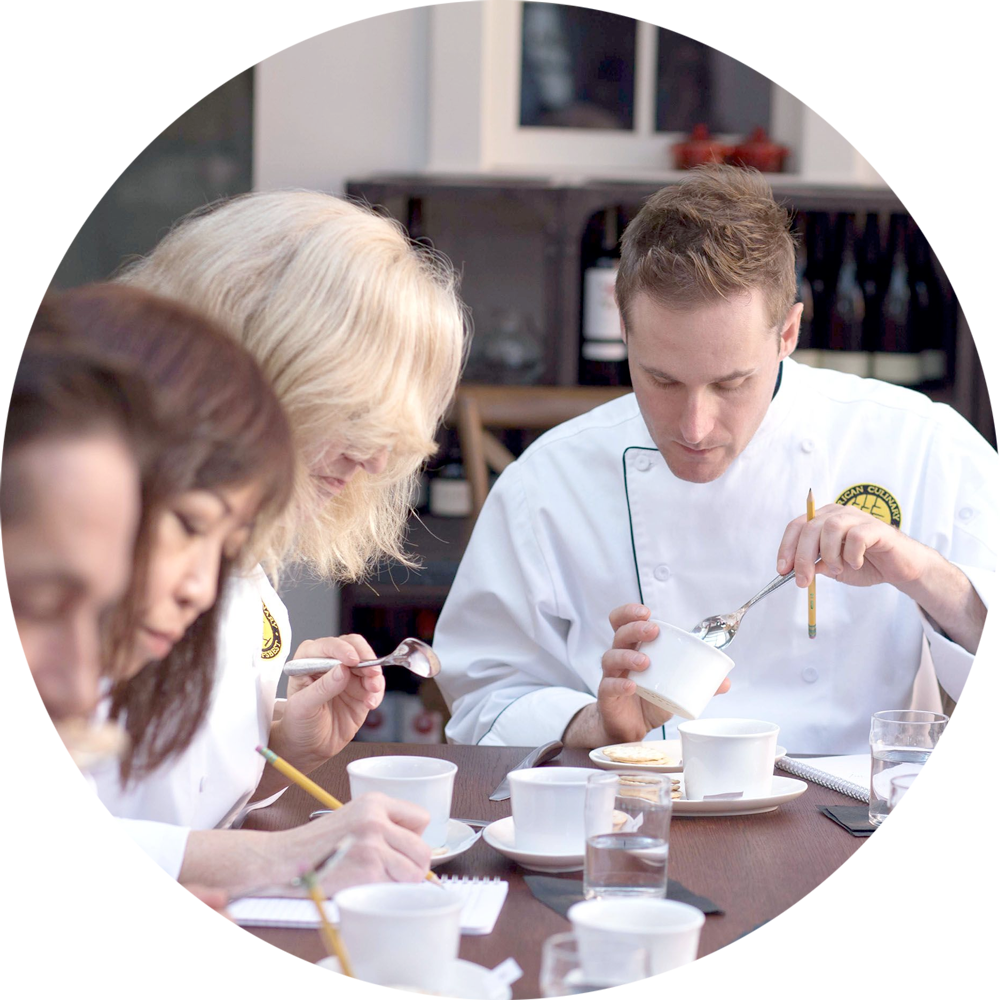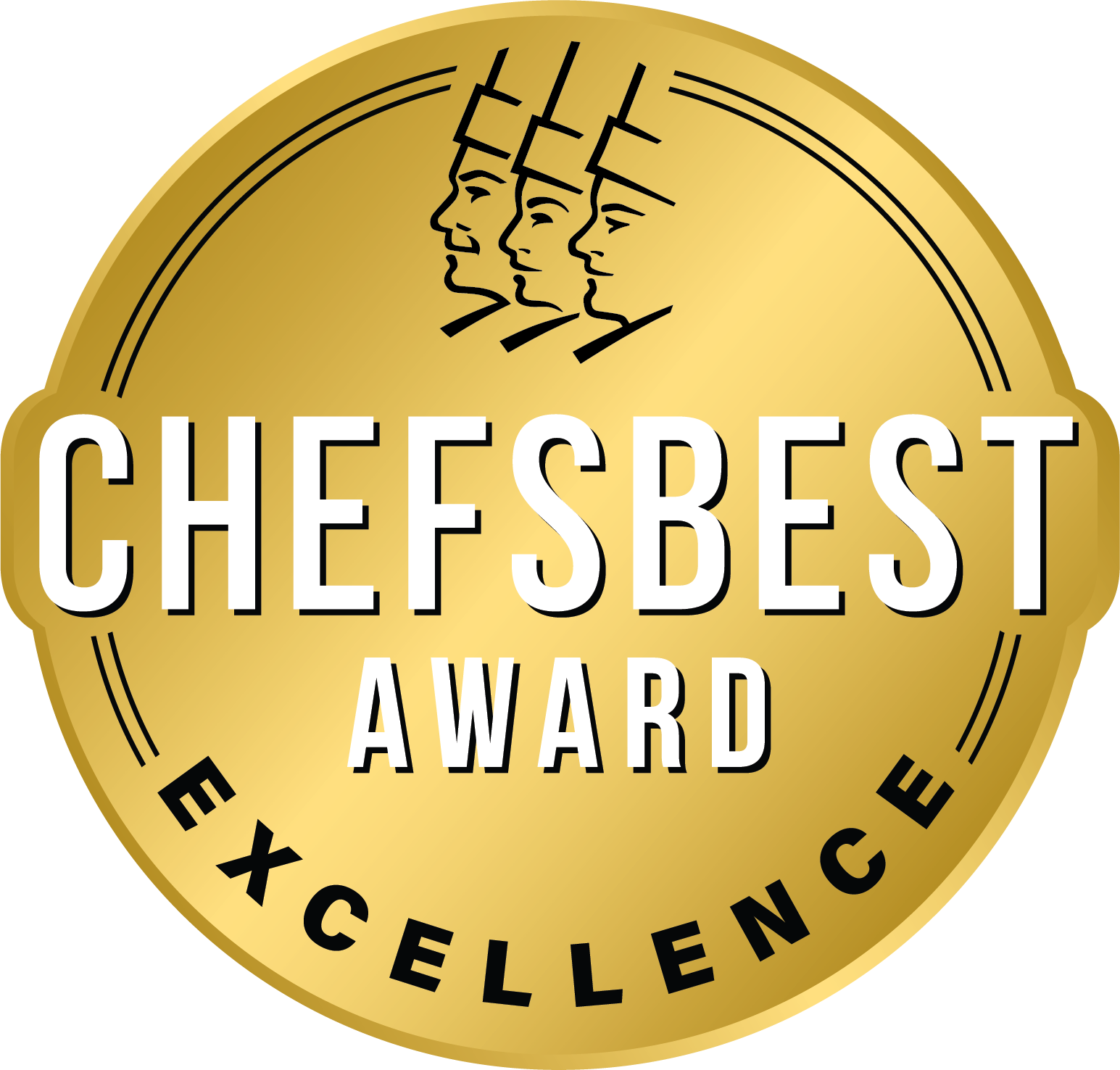Chef Training
It
ENHANCE YOUR PRODUCT WITH TRAINED CULINARY EXPERTS
Expert Sensory Evaluation for Unmatched Product Insights
Whether you’re launching a new product or improving an existing one, our expert panel ensures quality, consistency, and market differentiation.
Why Choose Chef’s Best for Sensory Training?
- Blind Taste Testing by Industry Experts
- Data-Driven Insights for Product Refinement
- Competitive Benchmarking Against Market Leaders
Partner with Chef’s Best to gain the trusted validation your brand needs.
Get a Consultation
